Baths were such an intrinsic part of the Roman world that we can’t think of one without the other. Everybody went to the baths – everybody.
Today we see bathing as something we do privately in the home, but bathing in Rome was a communal, social activity. While wealthy Romans could afford to build bathing facilities in their homes or country villas, and bathhouses were provided for Roman legionaries at their forts throughout the empire, most people went to the communal baths which in some ways, resembled modern-day spas.
A catalogue of buildings in Rome from 354 AD documented 952 baths of varying sizes in the city alone (Boëthius, Axel; Ward-Perkins, J. B. (1970). Etruscan and Roman architecture). Large baths called thermae were owned by the state and often covered several city blocks; the Baths of Diocletian could hold up to 3,000 bathers.
Generally open from lunchtime until dusk, baths were accessible to all, both rich and poor. In the reign of Diocletian, for example, the entrance fee was a mere two denarii. On occasions such as public holidays, the public baths were even free to enter. Small bathhouses, called balnea, often privately owned, but open to all for a fee.
Public baths were a feature of ancient Greek towns but were usually limited to a series of hip-baths. Characteristically, the Romans took the idea and scaled it up to an art form. Baths became common in even the smaller towns of the Roman world – part of the process for ‘civilising the barbarians’ – and were often located centrally near the forum. However, in the large cities these complexes took on monumental proportions, literally, with vast colonnades, wide-spanning arches and domes, millions of fireproof terracotta bricks, fine mosaic floors, marble-covered walls, and decorative statues.
Because wealthy Romans brought slaves to attend to their bathing needs, the bathhouse usually had three entrances: one for men, one for women, and one for slaves; the women’s area was usually smaller than the men’s because of fewer numbers of patrons. (Hm, same old excuse) Republican bathhouses often had separate bathing facilities for women and men, but by the 1st century AD mixed bathing was common and is a practice frequently referred to in Martial and Juvenal, as well as in Pliny and Quintilian. However, gender separation might have been restored by Emperor Hadrian (Women In Roman Baths, Roy Bowen Ward) but there is also evidence it wasn’t. The jury is out. For many Roman moralists, baths were the perfect sign of how far the Rome of their own day had fallen into decline; Cato the Elder publicly attacked Scipio Africanus for his frequent use of bathhouses.
What’s in a Roman bath?
They varied from simple to exceedingly elaborate structures, and by size, arrangement and decoration.Typical features were:
- apodyterium – changing rooms.
- palaestrae – exercise rooms.
- natatio – open-air swimming pool.
- laconica and sudatoria – superheated dry and wet sweating-rooms.
- calidarium – hot room, heated and with a hot-water pool and a separate basin on a stand (labrum)
- tepidarium – warm room, indirectly heated and with a tepid pool.
- frigidarium – cool room, unheated and with a cold-water basin, often monumental in size and domed, it was the heart of the baths complex.
- rooms for massage and other health treatments.
Additional facilities could include gymnasium, private baths, toilets, libraries, lecture halls, fountains, and outdoor gardens, not to mention food and perfume-selling booths, libraries, and reading rooms. Stages accommodated theatrical and musical performances. Plus, there was plenty of scope for “personal services”, paid, voluntary or provided as an inclusive service by private bathhouse owners.
Roman bathhouses often contained a courtyard, or palaestra, an open-air garden used for exercise. Adjacent stadia provided spaces for (serious) exercise and athletic competitions.

Reconstructed floor plan: 1=Caldarium 2=Tepidarium 3=Frigidarium 4=Natatio 5=Palaestra 6=main entrance 7=Exedra (seating area)
The bathing process
From the changing rooms, bathers would go to the gymnasium and exercise in the palaestra and from there to a sauna to induce an even greater sweat. Then the bather passed to the caldarium, after which the skin was scraped clean with a strigil, and to the tepidarium to cool off in the warm air and, finally, to the frigidarium for a bracing plunge in a cold bath – which was the regimen recommended by Galen himself. You could admire the sculpture, swim in the natatio, read at the libraries, walk the grounds, or as Trimalchio does in the Satyricon, be carried off in a litter to a dinner party.
The big heat
Early baths – a bit ramshackle in the very earliest of days – were heated using braziers, but from the 1st century BCE more sophisticated heating systems were used such as underfloor (hypocaustum) heating fuelled by wood-burning furnaces (prafurniae). Greek baths had employed such a system but, typical of the Romans, they took an idea and improved upon it for maximum efficiency. Huge fires from the furnaces sent warm air under the raised floor (suspensurae) which stood on narrow pillars (pilae) of solid stone, hollow cylinders, or polygonal or circular bricks. The floors were paved over with square tiles (bipedales) then covered in decorative mosaics.(Pity the poor slaves sweating away keeping the fires burning…)
Water (indispensable!)
The vast amount of water needed for the larger baths was supplied by purpose built aqueducts and regulated by huge reservoirs in the bath complex. The Baths of Diocletian reservoir in Rome, for example, could hold 20,000 m³ of water. Water was heated in large lead boilers fitted over the furnaces and could be added (via lead pipes) to the heated pools using a bronze half-cylinder connected to the boilers. Once released into the pool the hot water circulated by convection.
But were the baths completely good for you?
There’s not mistaking that Romans enjoyed their baths.
But…
Not even considering the large amount of lead involved in heating and pipework, we should bear in mind that the water was not always renewed as often as we might like it to be in the 21st century; remains of oil, sweat, dirt or even excrement were kept warm, providing a fabulous breeding ground for bacteria. Emperor Marcus Aurelius complained about the dirtiness. (Meditations, 8.24). Celsus, who wrote one of the best sources concerning medical knowledge in the Roman world, while commending bathing’s therapeutic virtues, warns not to go to the baths with a fresh wound, because of the risk of gangrene.The objections of the philosopher Seneca were more about the associated noise that interrupted his work when he lived above a bath (Epistulae morales ad Lucilium 56.1, 2).
However, I would think that like modern consumers, Romans would not have returned to the baths daily if those baths were that distasteful. Given the wide variety and sheer numbers of thermae and balnae available to them, they could always have taken their denarii elsewhere.
An extra note in reply to a couple of comments here and social media about slaves using the baths…
(You do keep me working…;-) )
“Epigraphic testimony for slaves at baths as customers is direct if sparse so it’s not always easy to work out determine how common and widespread the practice was.“(G. Fagan, ‘Interpreting the Evidence: Did Slaves Bathe at the Baths?,’ in D. E. Johnston and J. DeLaine (eds.), (1992))
The consensus among academics is that slaves could use public baths as customers rather than just attendants. For example, this from a blog from the University of Kent (https://blogs.kent.ac.uk/lucius-romans/2016/03/15/visiting-the-baths-in-ancient-rome/) “The rich, who had no time constraints, could choose to bathe at the optimum time and therefore temperature, but labourers or slaves — who were not in control of their time — had to settle for a tepid bathing experience once their work was done.”
For primary sources, Fagan cites an inscription from Puteoli which prohibits the slaves who removed corpses in the town from using the baths before the first hour of night… (Garrett G. Fagan, ‘Bathing in Public in the Roman World’ (2002))
In the same book, Fagan also cites the lex Metalli Vipascensis which stipulates that “slaves and freedmen who were in the employ of the procurator in charge of the mine or who enjoyed other privileges could use the baths free of charge….the wording can be read to imply that slaves not in the employ of the imperial service would be charged, which in turn implies that slaves of any kind…had access to the baths as customers.” Also, an inscription in Coela, Thrace “…records the building of baths for ‘the people and the familia of our Caesar,’ that is, for the local inhabitants and the emperor’s slaves who served his estates in the region.”
Less reliable but probably worth mentioning is some literary evidence from works of fiction. For example, the anonymous Latin comedy Querolus: “Even if we are tempted to go by day, it is at night that we go to the baths. We bathe with the slave-girls and boys.” (Kyle Harper, ‘Slavery in the Late Roman World, AD 275–425’ (2011))
Another literary work, the Roman novel The Golden Ass or The Metamorphoses of Apuleius has characters who use the baths: two cooks who bathe every evening.
Anybody know any other sources?
Alison Morton is the author of Roma Nova thrillers – INCEPTIO, PERFIDITAS, SUCCESSIO, AURELIA, INSURRECTIO and RETALIO. CARINA, a novella, and ROMA NOVA EXTRA, a collection of short stories, are now available. Audiobooks are available for four of the series. NEXUS, an Aurelia Mitela novella, is now out.
Download ‘Welcome to Roma Nova’, a FREE eBook, as a thank you gift when you sign up to Alison’s monthly email newsletter. You’ll also be first to know about Roma Nova news and book progress before everybody else, and take part in giveaways.




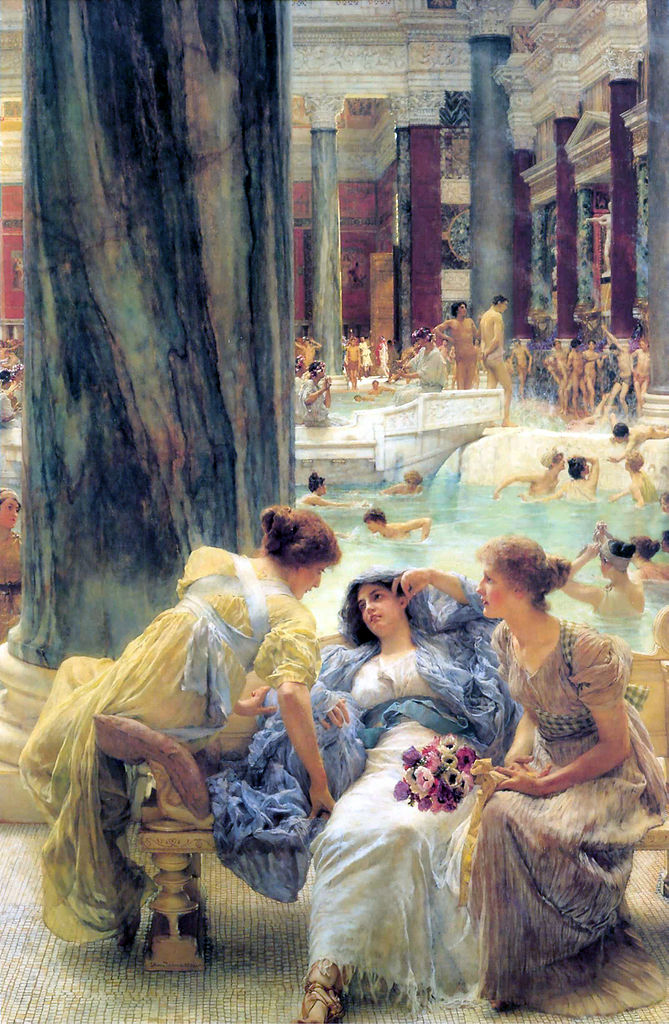
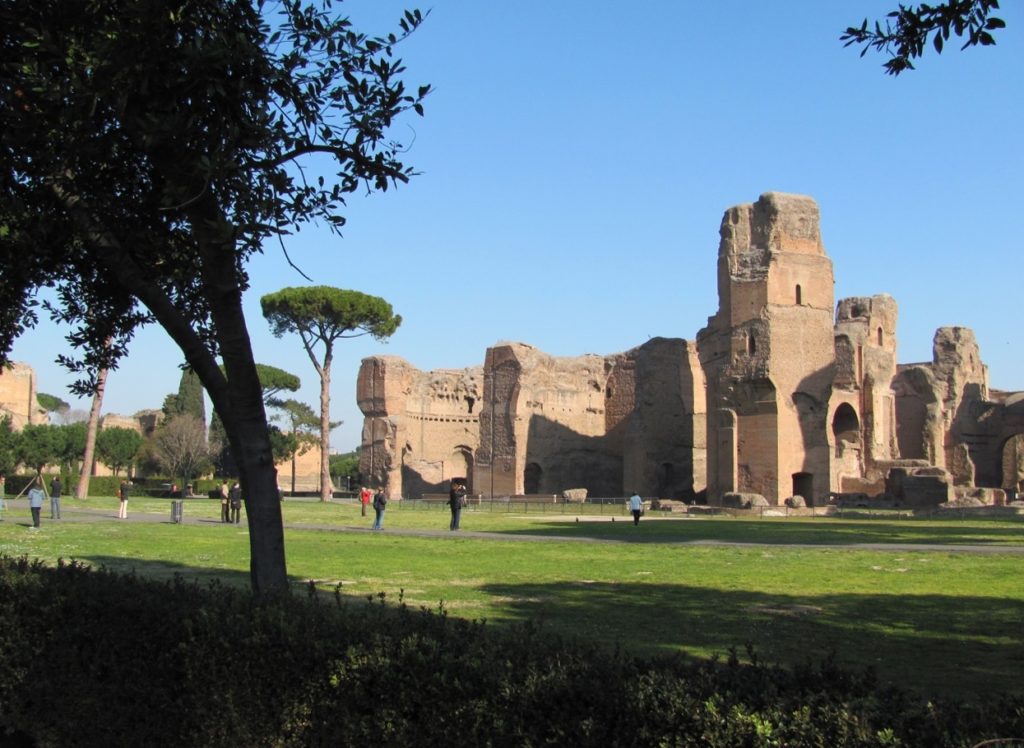
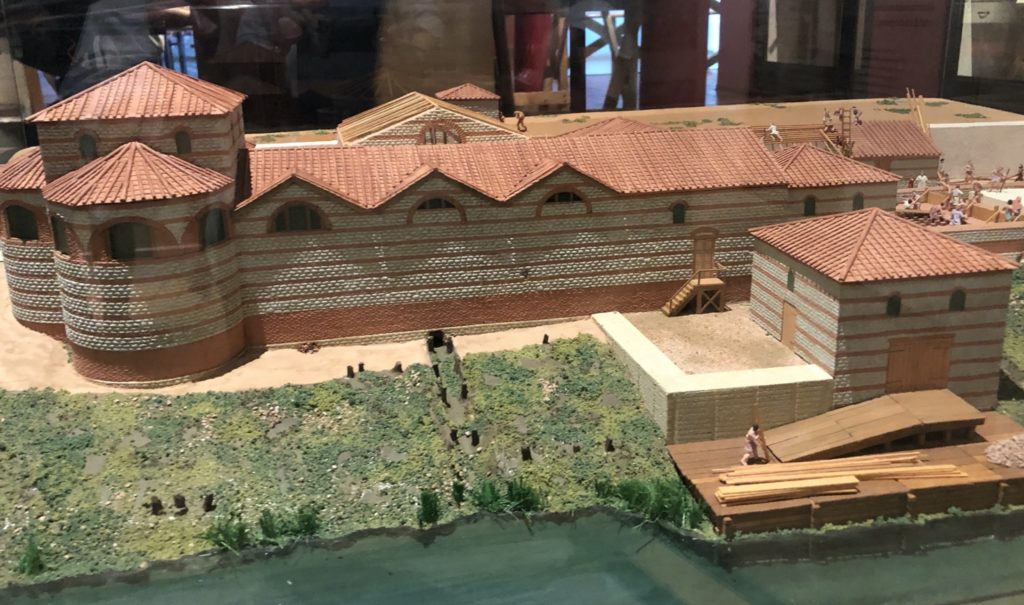
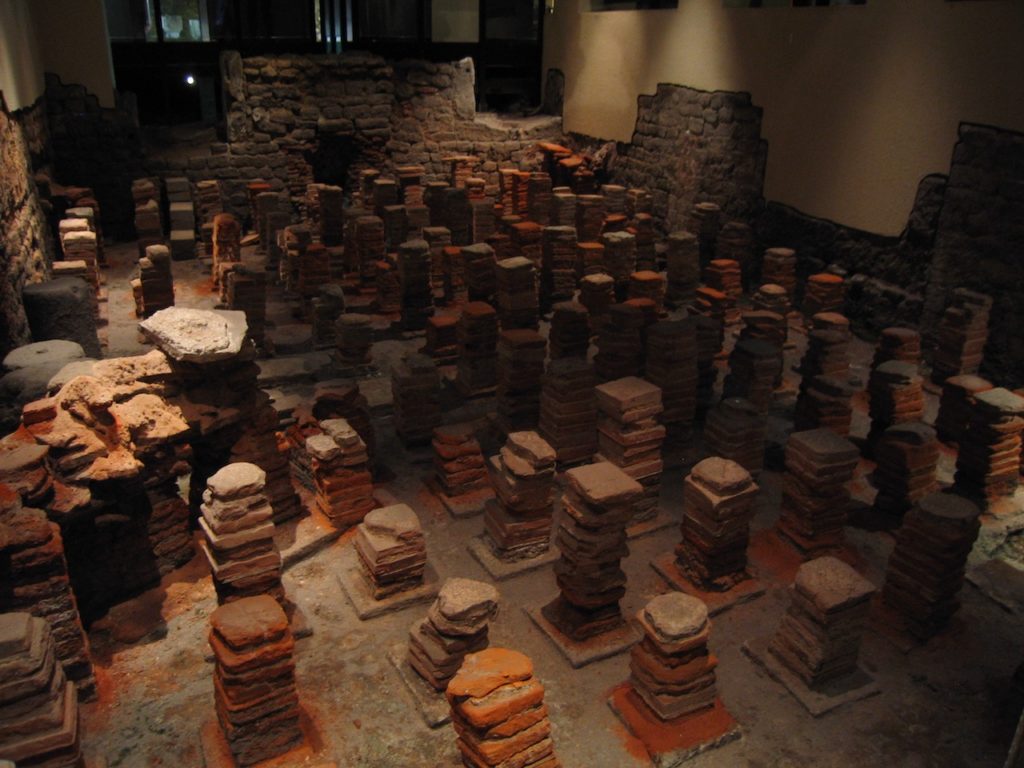
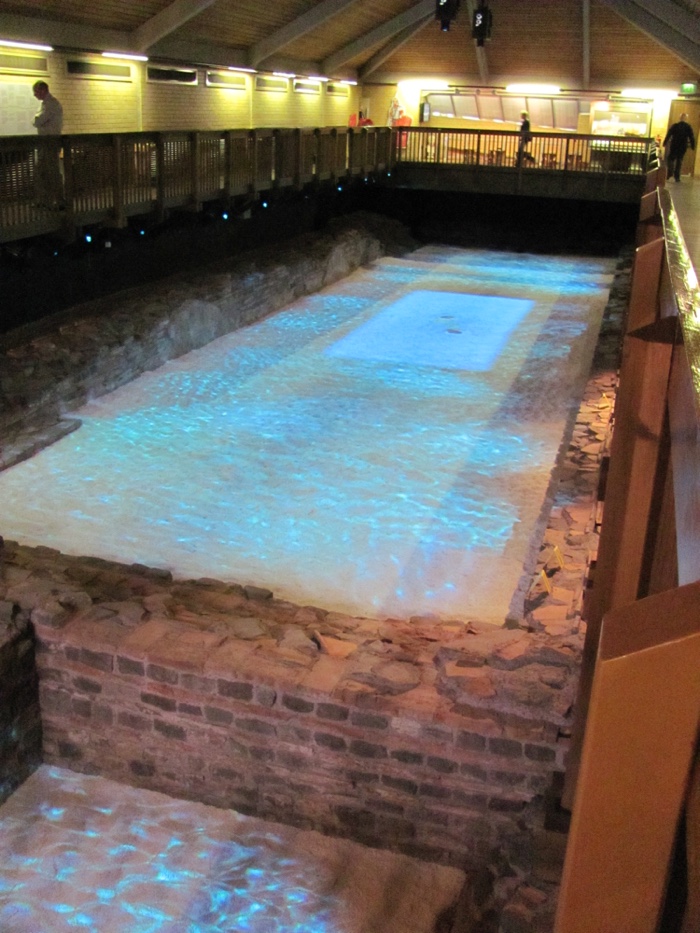
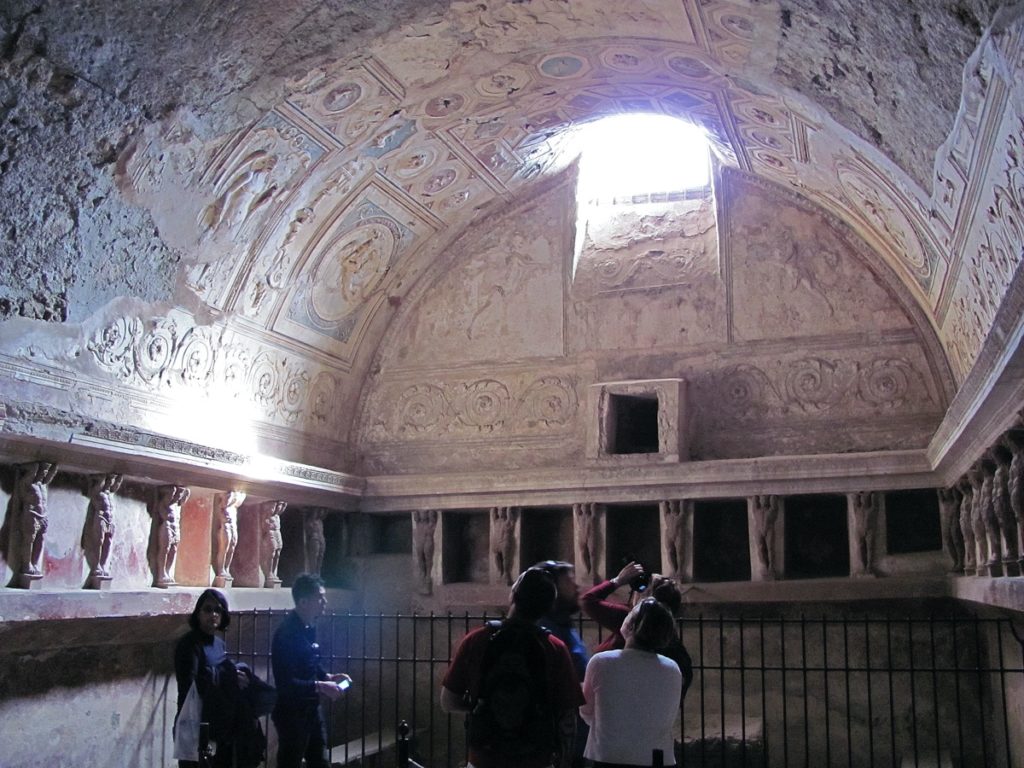









Fascinating article – thanks, Alison! Presumably those poor slaves sweating away keeping the fires going would have been able to cool off in the bath after their shift?
That’s a nice thought, Chris…
I’ve tracked down some references which I’ve added at the end as an extra piece..
Excellent article. Thank you so much.
Thank you, Pamela. I’m so pleased you enjoyed it.
Really well done. A few weeks back, I wrote an article on Roman hygiene. I’m afraid our sense of “sanitary” wasn’t the same as theirs. Although, I’ve always thought that the use of fragrant oils would have been pleasant, scraping the remainder off with a strigel. Thanks for sharing this on Twitter! A fun read!
The impressive thing about Roman baths is just how organised and widespread they were. Body culture was evidently extremely important to them and who today doesn’t relish a refreshing shower? I’d imagine that like swimming pools today, those baths with the cleanest water would attract most patrons and those with a dodgy reputation would go out of business. As for the public baths, I’d imagine the aediles would keep an eye on them. Too many deaths would not look good in election year! But I certainly wouldn’t want to have worked at the baths.